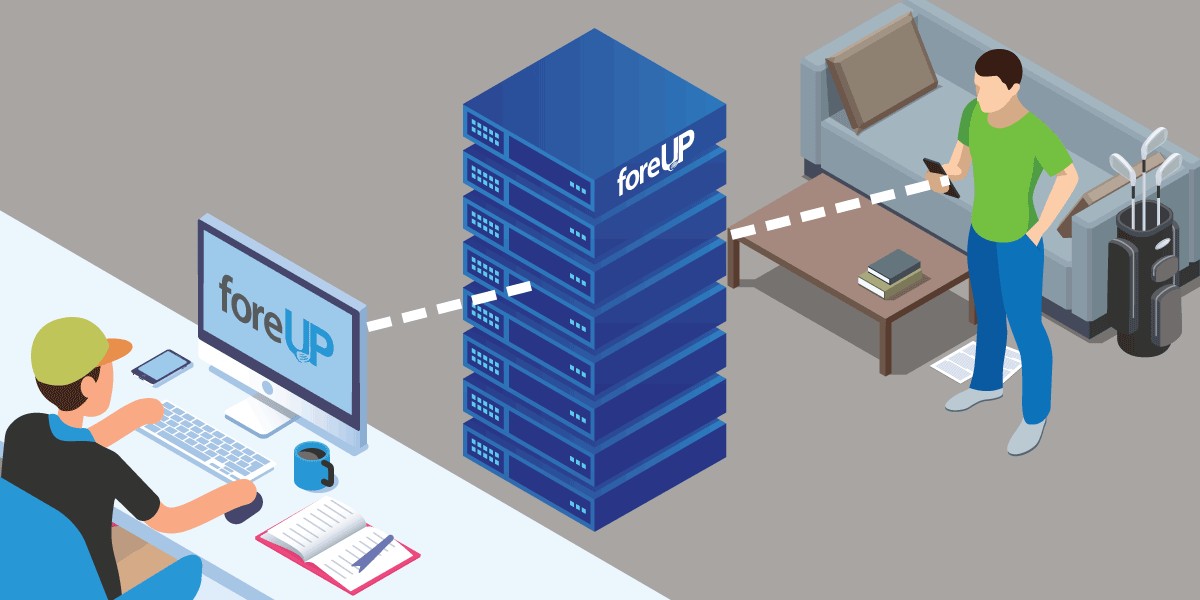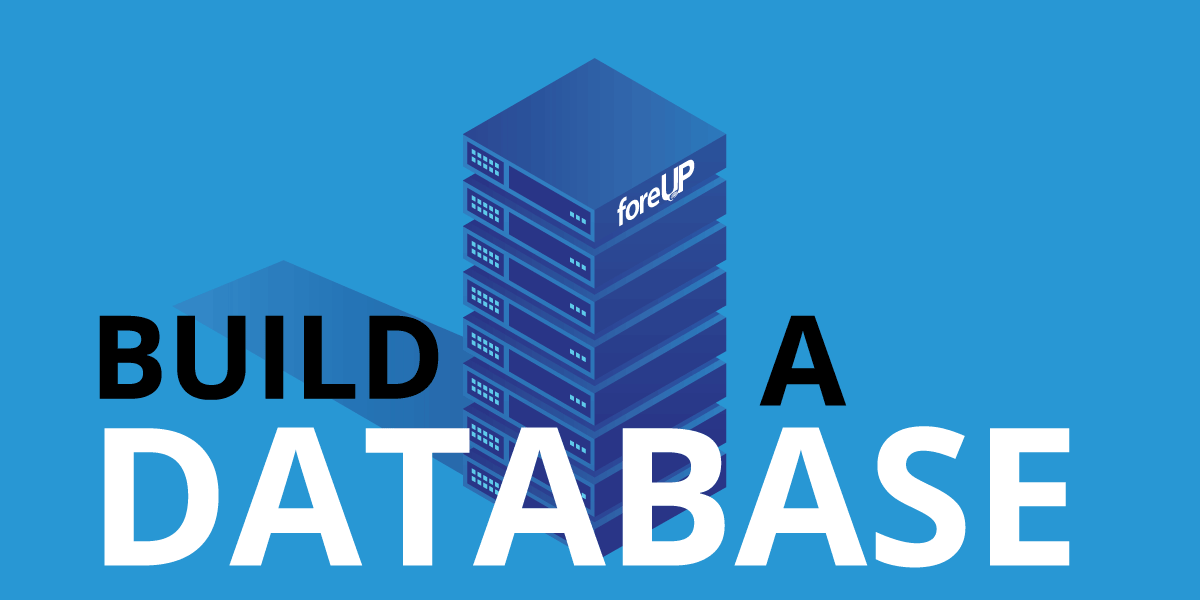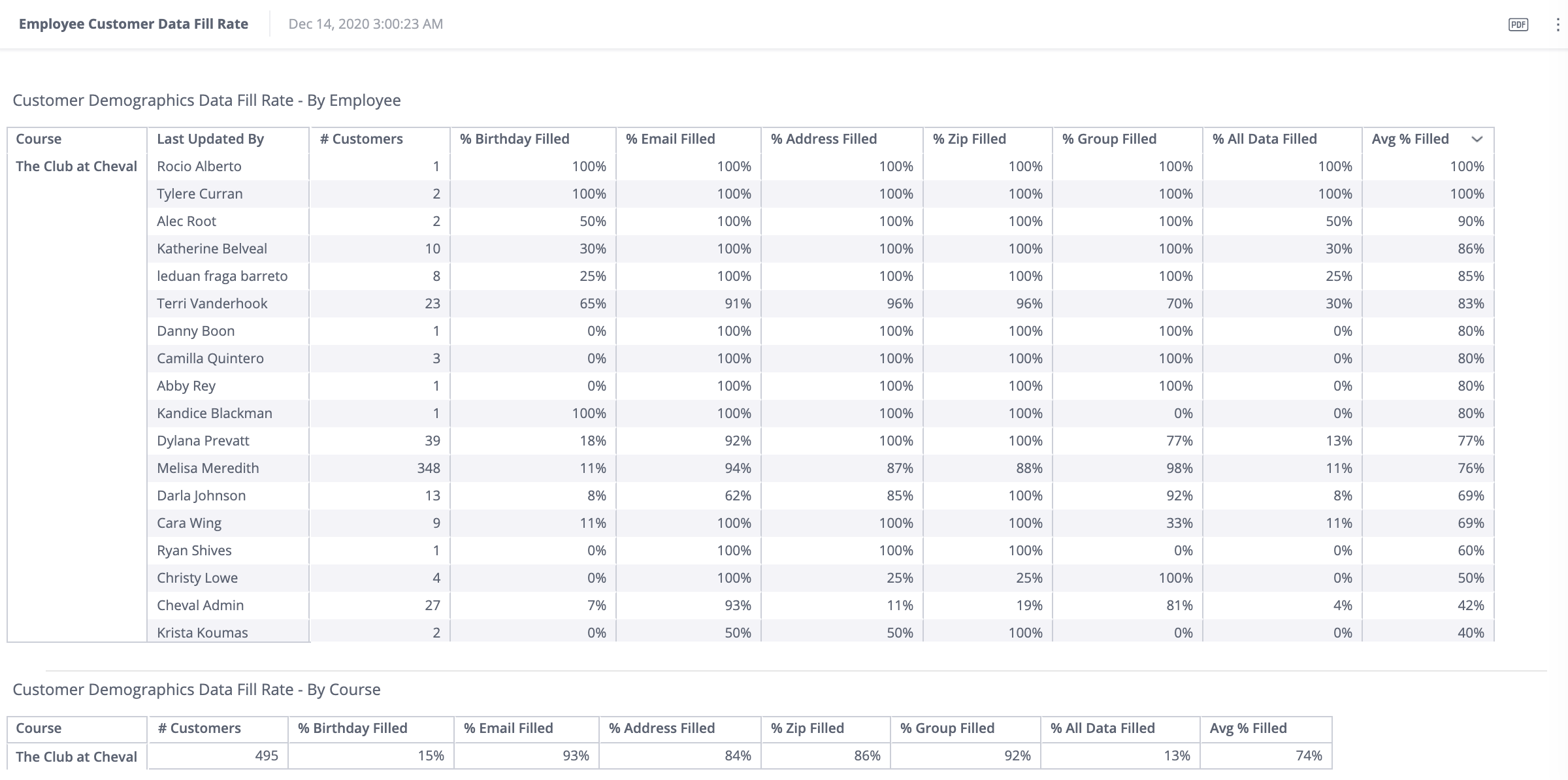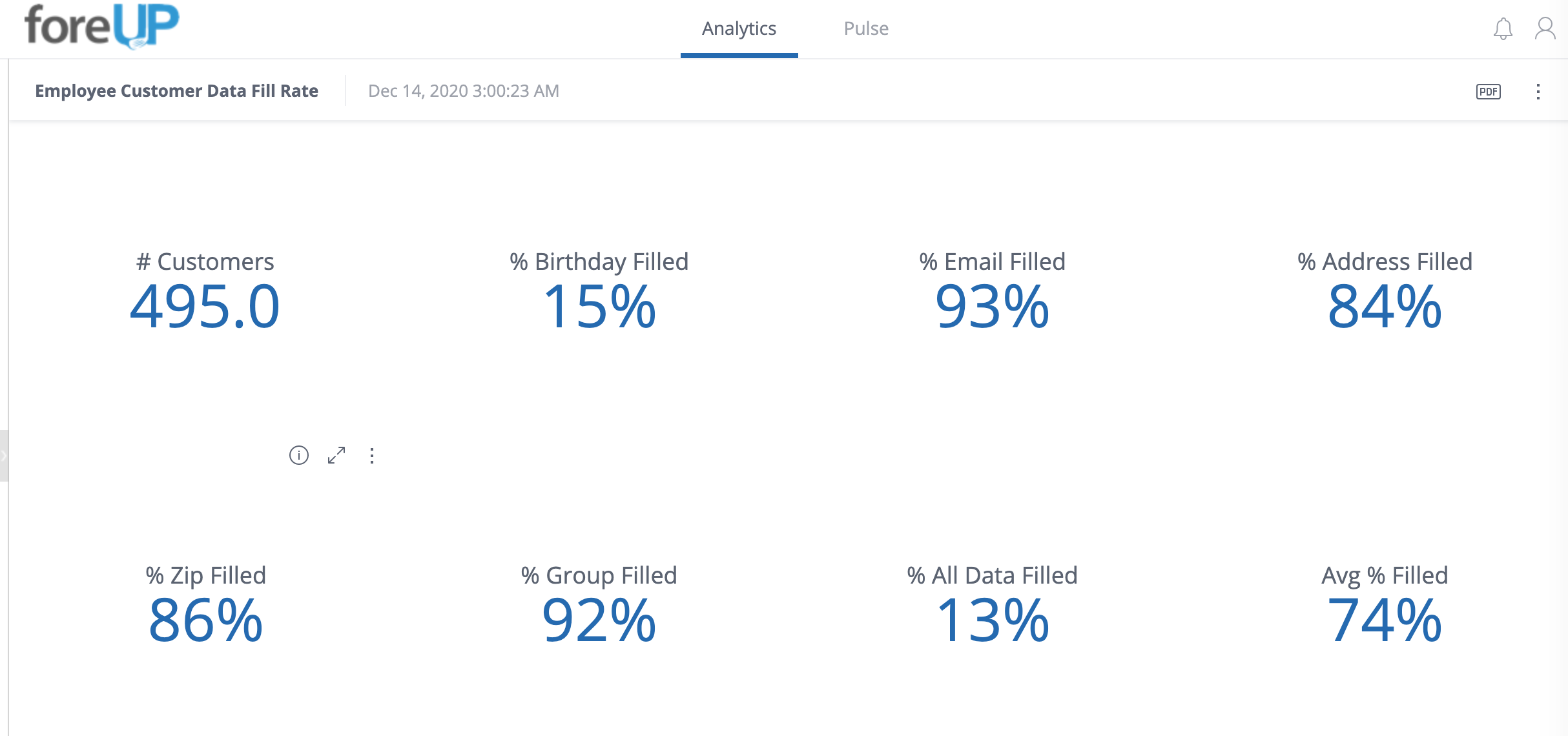These days, it seems everyone is talking about “data” in some form or fashion
When it comes to marketing a golf course, the term refers to all of the information you have about your customers. This includes names, email and physical addresses, phone numbers, birthdays, and buying preferences, to name a few. Of these, email addresses and phone numbers are the most important.
Unfortunately, many course owners and operators don’t realize how critical golfer data is to marketing success.
Over the past few months, for instance, we’ve seen some courses that have just 450 emails for the 5,000 customer names in their database. This nine percent email collection rate reflects not only a poor use of their golf course management system, but an operational shortcoming that puts these clubs at a competitive disadvantage.
Perhaps it’s a stretch to assume any golf course can obtain an email address or phone number for every person in the course database. But that should be the goal. In fact, you and everyone on your team should do everything you can to collect as much data as possible each time you interact with a customer.
Anything less represents a missed opportunity to grow your business, now and in the future.

Why You Need a Customer Database
A cloud-based customer database that includes up-to-date information (read: names and email addresses at a minimum) is the lifeblood of your marketing efforts. Without one, even the most strategic campaigns will never yield optimum outcomes.
Think about it.
How can you deliver the right message to the appropriate person at the ideal time if you don’t have an email address or phone number where you can send an email or text? Exactly—you can’t. Relationship-building via consistent communication? Impossible.
Let’s put some context to this argument.
Through October of 2020, clients who worked with our marketing team experienced a 15% growth in total revenue compared to last year. Green fees were up 70%, and cart fees were 130% higher. We leveraged a variety of digital tools to reach customers and achieve these types of results, not the least of which was targeted email marketing.
Now consider the impact our efforts would have had if we didn’t have valid email addresses we could use to send promotions, incentives, and other announcements to golfers who previously indicated they’d like to receive these forms of communications.
You get the picture.
Truth is, next to your course’s land, your database and the customer information in it is your most valuable asset. It’s time you start treating it that way by filling it with names, numbers, email addresses, and the like.
Even if you don’t currently have a formalized strategy for utilizing the data, having it available for future use will pay dividends when you’re ready to execute a campaign.

How to Build a Powerful Database
Collecting information and maintaining a robust database doesn’t have to be hard. Or expensive. It does, however, require a bit of legwork from you and your employees.
Here are several suggestions to help you build a powerful repository of customer data:
-
Educate employees.
Everyone on your staff needs to appreciate the essential role your database plays in generating revenue and improving profitability. Whether through a formal training program or on-the-job instruction, make it a point to:
o explain what types of data you use and how you collect it;
o provide examples of how customer insights and information enhance communications and nurture relationships; and
o share the bottom-line impact that data-driven marketing can (and does) have on your business.
-
Create a sales-centric culture.
Online, over the phone, or at the counter, data collection should be woven into all interactions and serve as the foundation of a sales-oriented mentality that permeates your entire organization.
This starts at the top, with you and other department heads being champions of data-fueled marketing and setting the pace for customer information procurement. To underscore your commitment to a sales-focused approach, develop written policies that outline your expectations for everyone—including leadership.
-
Set employees up for success.
Asking someone for their email address or other contact information may seem straightforward enough, but it needs to be done as efficiently and professionally as possible.
Consider creating scripts, tips, and talking points to facilitate digital or in-person dialogue. These and other sales aids help to make the process of gathering data smooth and effortless, while ensuring everyone is delivering a consistent message whenever they have direct contact with a customer.
-
Utilize technology.
Today’s golf course management systems are designed to simplify, and in some cases automate, information gathering. The foreUP Customer Management System (Golf CRM), for example, allows for customer data collection through various online and digital channels.
Regardless of the host company or software provider, websites (should) provide email collection points in numerous locations that entice visitors with special offers, newsletter signups, and other calls to action. Meanwhile, tee sheets and point-of-sale (POS) systems can prompt your pro shop staff to request email addresses, phone numbers, birthdays, and other key insights when engaging customers.
-
Incentivize data collection.
Front-line employees should be encouraged—in fact, required—to gather as much information as possible (as often as possible) whenever, wherever, and however they engage with current and prospective customers. Otherwise, they’re inhibiting your ability to market directly to golfers and, ultimately, costing your business money.
To ensure customer-facing personnel are helping to strengthen your database, establish monthly quotas for the number of email addresses and phone numbers that each staff member obtains or updates. Then, measure their actual performance against these and other course-specific KPIs.
At foreUP, we’ve developed tools to help you manage this process. You can use your software to track information collection effectiveness, sort it by dates, and see if employees are hitting their targets or falling behind. If necessary, you can offer additional training to individuals who aren’t meeting their quotas or determine if they might be better suited for a different position.

What You Can Do with Your Database
Let’s be clear: A cloud-based database, in and of itself, will do little to increase revenue, build loyalty, and enhance overall satisfaction.
But when deployed strategically and used in conjunction with a digital marketing plan catered to the specific needs of your business, the information and communication channels established while collecting data can provide the marketing power to drive a profitable business.
In that respect, there’s not much you can’t you do with your database.
There’s no shortage of things to do when you are running a golf course, and marketing is often the task that gets pushed to the bottom of the list—even though it’s so critical to growing your business.
That’s why we created foreUP Marketing Services. Our team of expert golf marketers work closely with your team to develop and deploy strategies that have already proven to drive substantial extra revenue to courses in our portfolio. Learn more about what foreUP Marketing Services can do for you and your team.


